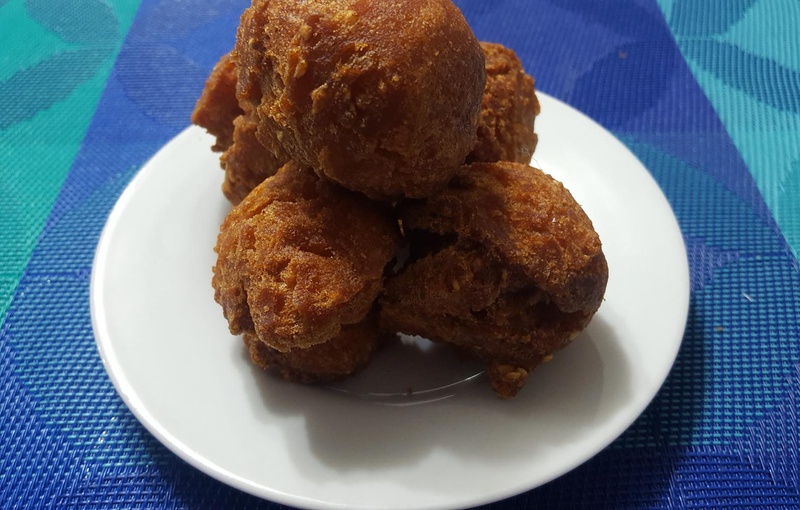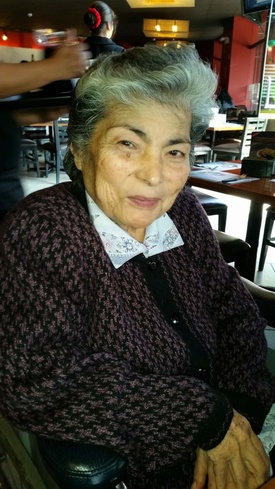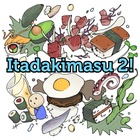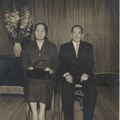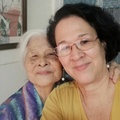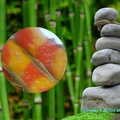Sata andagi , we could define it as fried sweet dough buns, donuts or donuts, is part of Okinawan food and for us represents the transmission from generation to generation of part of our grandparents' customs.
My memory of Sata andagi comes from when I was little, in my house we called it sata tempura , round tempura , little balls, we called it so many things. He was always present at birthdays, oshogatsu (Japanese New Year) and every social gathering; In my mind I see the image of my mother frying the sata andagi , with a little dough in her right hand and with only an ohashi in the other hand, she closed her fist and dropped this portion of the dough into the hot oil, which I cut it with the ohashi , so they were the same size, and I turned them while they browned. This scene was repeated a lot at home, once daily, the sata andagi became a way out of a bad economic situation.
My parents had a bodega for years in Barrios Altos (a neighborhood in a popular area of Lima), this type of business was typical among the Nikkei , where they sold groceries, groceries, toiletries, gifts and it was even a bar. Popularly my dad was “the Chinese guy on the corner.” Peruvians, like most, do not know how to distinguish between Chinese and Japanese.
The neighborhood was dangerous and more so because liquor was sold, so my father decided to venture into another type of business, selling clothes in another place. As every beginning is difficult and things do not go as well as planned, we suffered from financial problems and my mother decided to continue with the winery, but without selling liquor, even though at that time my mother was not in very good health, so he manages to sell some Peruvian sweets.
Due to his health, he only attended from 6 in the afternoon until 10 at night when my father returned, but there was something missing that would attract people, it is how he makes the sata andagi, which when people tried it they liked it and the They were waiting for it to open, they knew that at that time they came out hot and crispy, those people brought others and even though we were far from the center of Lima, they came looking for: "Are you the one who sells the Japanese bombs?" fried.”
For a few years it was a help to the economy of our home, I saw the sata andagi every day until it got to the point that I didn't want to see them, I didn't want to eat them anymore, but the sata andagi became very popular among the family and some acquaintances, who when trying them knew that my mother had made them, when they ate them at a gathering and always looked for them.
Mom had managed to obtain a sata andagi that was soft on the inside and not dry, but crispy on the outside, it was neither too small nor too big and it was not greasy either, she said in her own way: “it doesn't suck oil.” She had a base recipe, but the experience she had achieved was that, according to the texture of the dough, she added ingredients, she said: sometimes the flour does not come the same, it varies according to the brand, the eggs are not all the same size, she added orange juice and zest, my mother left it in the refrigerator a day before frying them; I once saw a Japanese chef who said that the temperature of the oil must be very high and that to achieve this they must lower the temperature of the dough because otherwise the oil at very high temperatures decomposes, but it makes the crispy texture achieved by outside and soft inside. My mother had achieved it with the experience she had gained.
Now that my mother is no longer here, wherever I go I look for the sata andagi , at meetings, birthdays I am always behind them and they even sell them in some places, I don't care if they are big or small, that they are greasy, that some add peanuts to them , others milk, I like them all, it will be because in each one I find the memory of my mother, but “SATA ANDAGI, LIKE MY MOM'S NONE”.
© 2017 Roberto Oshiro Teruya


